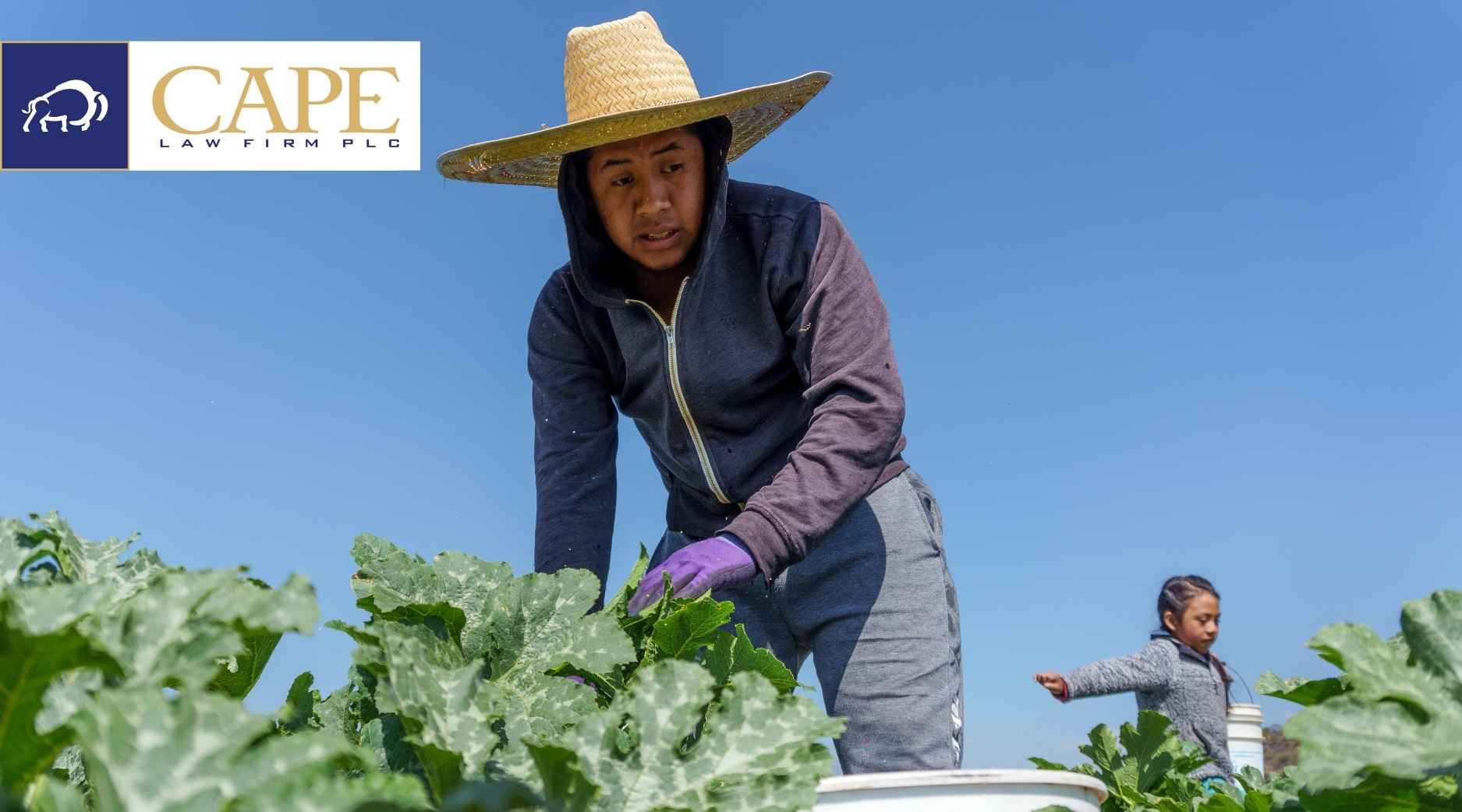On June 28, the U.S. Supreme Court overruled the Chevron doctrine, which essentially required courts to defer to an Administrative Agency’s interpretation of a federal law that it administered. Under that doctrine, if Congress has not directly addressed the question at the center of a dispute, a court was required to uphold the agency’s interpretation of the statute as long as it was reasonable. Although the original case that created the Chevron doctrine was not initially viewed as a landmark decision, it grew into a major tool in administrative law in the 40 years that followed, giving agencies a wide berth in interpreting the law. As a result of the Supreme Court’s ruling, courts will no longer defer to agency interpretations of ambiguous statutes but will develop their own interpretation under traditional rules of statutory construction.
The Court’s decision has been both hailed and criticized, and its impact is likely to play out over several years. It is widely understood that it will be easier to challenge agency regulations in court, and many Ag groups (such as the National Cattlemens Association) are already eyeing the impact of the decision on their regulatory priorities. While hard to predict, there will probably be both good and bad repercussions. A few potential examples might include:
- Regulations implementing the Farm Bill’s commodity subsidies and crop insurance programs
- Regulations concerning use of public lands for agriculture (e.g. livestock grazing)
- Regulations implementing the Packers & Stockyards Act
- Regulations implementing the Clean Water Act related to agricultural runoff.
This list could go on. Besides putting federal agencies in the crosshairs, the ruling puts pressure on Congress to do a better job of writing laws that give clear and specific authority to agencies and to spell out the intent of legislation. This is no small task in the current political climate and may make passing laws more difficult.
The Best Berries and the Plant Breeder’s Conundrum
Until recently, the best-tasting berries grown in the U.S. never saw the light of day in the grocery store produce aisle, or anywhere else for that matter. At first blush, that just seems ridiculous, but the problem – or challenge – is that commercially viable berries are almost never the sweetest or best-tasting. Just ask Driscoll’s, the world’s largest berry company and the source of most of the strawberries, raspberries, blackberries, and blueberries in the grocery store. As reported by Ben Cohen of the Wall Street Journal, that paradox has been somewhat solved by Driscoll’s through an extensive plant breeding effort combined with a savvy marketing program called the “Sweetest Batch.”
Driscoll’s evaluates hundreds of thousands of berry varieties annually, but for years, the best-tasting berries were discarded in favor of those that had better commercial characteristics – longer shelf-life, disease resistance, and brighter color. But chief among the commercial traits was yield – the plants had to produce a high yield of berries to be commercially viable at typical supermarket prices. According to Driscoll’s CEO, Soren Bjorn, the problem was that there tended to be a negative correlation between sweetness and yield. In other words, the best-tasting varieties didn’t produce many berries.
As reported in the WSJ article, the idea for the Sweetest Batch program came about when Driscoll’s found a blueberry in Australia that had an amazing taste but was far less productive than commercial varieties. Thus, the company decided to attempt to create a premium berry category which would sell at a higher price point. Driscoll’s also took a plant breeding plunge – it allowed its plant breeders to lower their yield requirements if the variety produced a super tasty berry. From there the Sweetest Batch category was born – berries with great flavor with an “acceptable” yield. Berries in this category sell at a premium in comparison to typical commercial varieties. You can read more about Driscoll’s program in Ben Cohen’s article here.
This paradox is not unique to berries – many crops are bred for commercial traits, particularly yield, which sacrifice other desirable characteristics. However, Driscoll’s appears to have touched on an opportunity that could conceivably be applied to all manner of crops – a product that consumers want and love and which adds a few more dollars to the producer’s bottom line.





